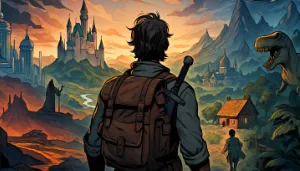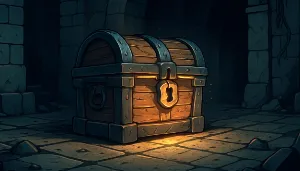Discover the Wonders of Your Grassland
Creating a unique grassland setting can breathe life into your story. Use these questions to inspire vivid landscapes, vibrant ecosystems, and intriguing narratives that roam the open fields.
- What type of flora thrives in your grassland, and how do they adapt to the environment?
- What unique creatures roam these vast plains, and what roles do they play in the ecosystem?
- How does the changing season affect the grassland's appearance and the lives within it?
- What cultural significance does this grassland hold for nearby communities or tribes?
- What hidden secrets or ancient relics might be buried beneath the grass, waiting to be discovered?
Frequently Asked Questions
Here are some common questions about the Grassland Name Generator and how it can enhance your world-building.
How does the Grassland Name Generator work?
It utilizes a blend of natural elements, linguistic patterns, and cultural influences to create unique names for your grassland settings with each click.
Can I specify the type of grassland name I want?
Currently, you can't specify; however, you can generate names until you find one that perfectly fits your vision.
Are the names unique?
The names are randomly generated; with unlimited attempts, you'll uncover a wide variety of options, though some may share similarities.
How many names can I generate?
You can generate an unlimited number of names; simply click 'Generate' as many times as you like.
How do I save my favorite names?
You can copy a name instantly by clicking on it, or use the heart icon to save it for future reference.
What are good grassland names?
There's thousands of random grassland names in this generator. Here are some samples to start:
- Temisstall Gardens
- Leicam Expanse
- Tuncoln Meadow
- Chigar Valley
- Rughill Grassland
- Grafrich Grasslands
- Barringdon Grasslands
- Piltou Steppe
- Brentsea Expanse
- Galmack Territory
About the creator
All idea generators and writing tools on The Story Shack are carefully crafted by storyteller and developer Martin Hooijmans. During the day I work on tech solutions. In my free hours I love diving into stories, be it reading, writing, gaming, roleplaying, you name it, I probably enjoy it. The Story Shack is my way of giving back to the global storytelling community. It's a huge creative outlet where I love bringing my ideas to life. Thanks for coming by, and if you enjoyed this tool, make sure you check out a few more!






























































